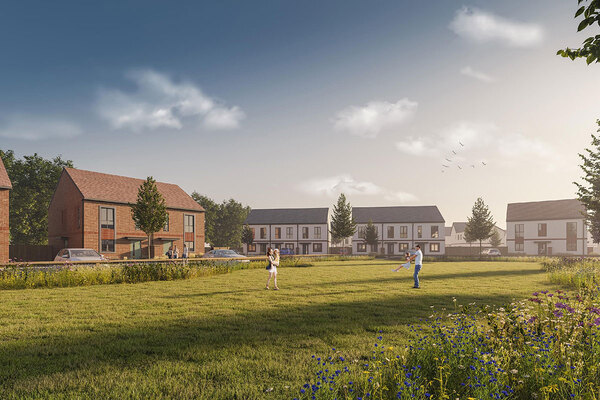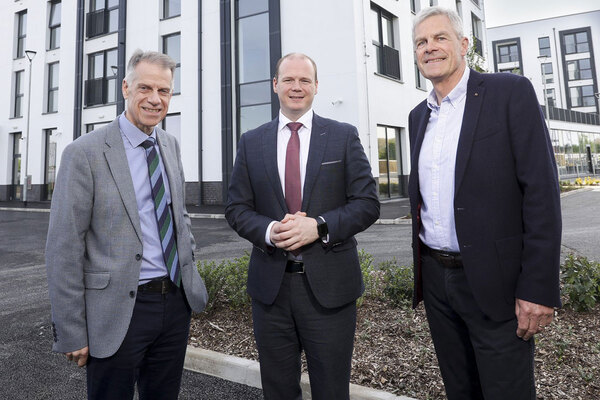You are viewing 1 of your 1 free articles
The rise of the custom builders
ANALYSIS: The option of a custom-built house could be the future
Video:
Features code
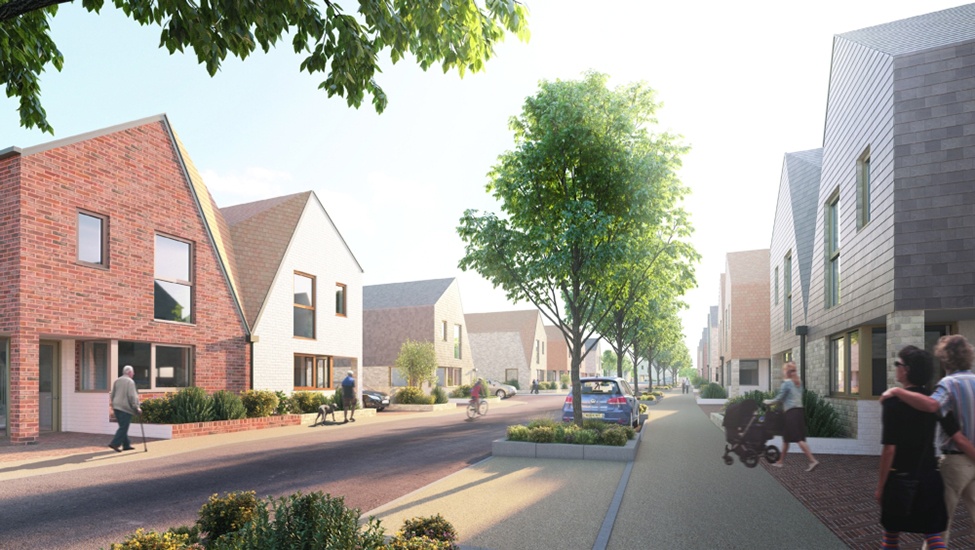
On the face of it, the proposition facing housing associations embarking on a custom build programme is simple: cut the cost of developing a for-sale portfolio and reap the benefits elsewhere.
Video:
Ad slot
It’s certainly a deal Swan, for one, is keen to take up. The 11,000-home landlord’s private sale focused NU Living subsidiary claims to be two months away from securing final planning permission for 300 customised homes on the site of an old school owned by Basildon council.
“We make no apologies; we are developing this to subsidise the affordable housing we are constructing.”
Geoff Pearce, executive director of regeneration and development, Swan
For Geoff Pearce, Swan’s executive director of regeneration and development, the opportunity presented by what could be a growing sector of the market is compelling and reflective of the way social landlords are having to become more commercial.
“People are prepared to pay slightly more for it,” he says of the homes set to be green-lit at the site, now known as Beechwood. “We make no apologies; we are developing this to subsidise the affordable housing we are constructing.
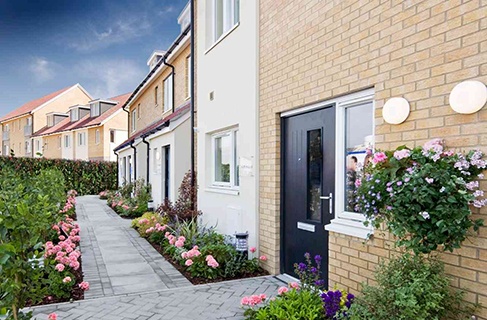
“We want to build as much affordable and social rent housing as we can and thus have to build more private. We need to make every penny count.”
But who else is sniffing around the custom-build market? And why is this niche product now getting a toehold in the sector?
Under the custom build model, house builders typically provide a basic design to which the customer can add a range of fittings. Depending on the development, they can choose, for example, internal fittings such as kitchen grade or solar panels. At Beechwood, buyers can select different space configurations, add a room or choose different external cladding.
“We need to make every penny count.”
Geoff Pearce, executive director of regeneration and development, Swan
Regulations introduced this April as a result of the 2015 Self-build and Custom Housebuilding Act oblige local councils in England to create a register for people interested in custom and self-build. By the end of 2016, they will have a duty to grant planning permission for sufficient serviced land to match demand on their register. The developer then subdivides the land into plots and offers these to buyers along with the homes.
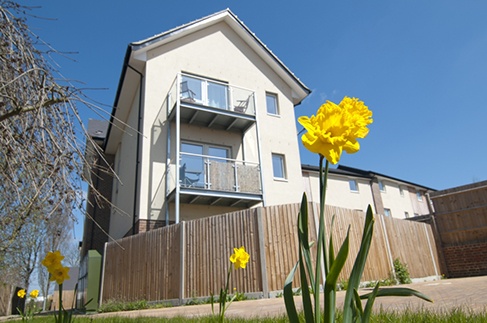
By marshalling a queue of potential buyers, all of whom want specific characteristics in their new home, the government believes local authorities could draw out a whole strand of continental-style custom housing across the UK.
While it may not seem an obvious area for housing associations, Swan is one of the first to have spotted the opportunity.
“The obvious advantage is we can guarantee the home is sold before we build it,” explains Mr Pearce. “The buyer funds the home in three tranches instead of the house builder. So we borrow less and can build more. We benefit from the early payments and so pay less interest. That improves the rate of sale.”
In a nutshell, developers of custom build demand smaller profits per home because customers are financing the build costs.
Swan will generate still greater savings by using its own Basildon-based factory to build most elements of the Beechwood homes. The factory, which is expected to produce 100 houses a year, could save as much as 10% on what would otherwise be build costs of £1,700 per square metre, according to Mr Pearce.
“The whole thrust nowadays by government is lower-cost homeownership.”
Richard Barwick, director of construction management firm Custom Self Build
Although owning its own factory gives Swan an edge, other housing associations – including East Thames – have plans in place to develop more custom build.
Richard Barwick, director of construction management firm Custom Self Build, is piloting affordable custom-build housing with a number of housing associations in the South East and Midlands.
Despite questions over the merits or otherwise of housing associations becoming involved in yet another part of the for-sale market, Mr Barwick believes there is good reason for them to pursue custom build.
“If you build in enough different tenures including self-build and customisation, it means more housing is built because it grows the market,” he observes, adding that custom build could even be a boon to the shared ownership market.
“The whole thrust nowadays by government is lower-cost homeownership. There’s a whole new tier in the market of people who can’t have a whole house, so they go to a housing association and have 50% shared ownership, and people who want to downsize and have equity.”
While custom build may have a place in some housing associations’ development plans, it is far from the panacea needed to raise the volume of new housing completions, according to Mr Barwick: “This is just one type of tenure. It’s not the only solution.”
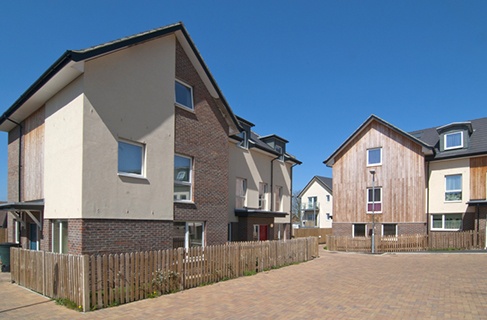
However, if custom build takes off as hoped, it will give potential first-time buyers another choice at a time when purchasing a home is more difficult than ever. On the developer side, meanwhile, it is being driven by a group of entrepreneurial house builders – which could include housing associations – that are more prepared to take chances than the traditional powerhouses of the industry.
“It’s a lot of hassle for the major house builders,” Mr Barwick explains. “For them, it’s all about numbers and shareholders. They don’t want to provide a management service.”
Back in Basildon, next to the demolished school stands a neglected and poorly-designed council estate known as Craylands, which Swan and the local authority have been regenerating since 2007. It consists of infill, old housing and new sites emerging from cleared maisonettes.
Swan says its neighbouring custom build scheme will have benefits for the whole area, including Craylands.
“For them, it’s all about numbers and shareholders. They don’t want to provide a management service.”
Richard Barwick, director of construction management firm Custom Self Build
“We want to improve the reputation of the place too,” insists Mr Pearce. “We will build a new community with a mix of people from different backgrounds and with different aspirations. This is not gentrification. [This is for] ordinary working people and local employees.”






